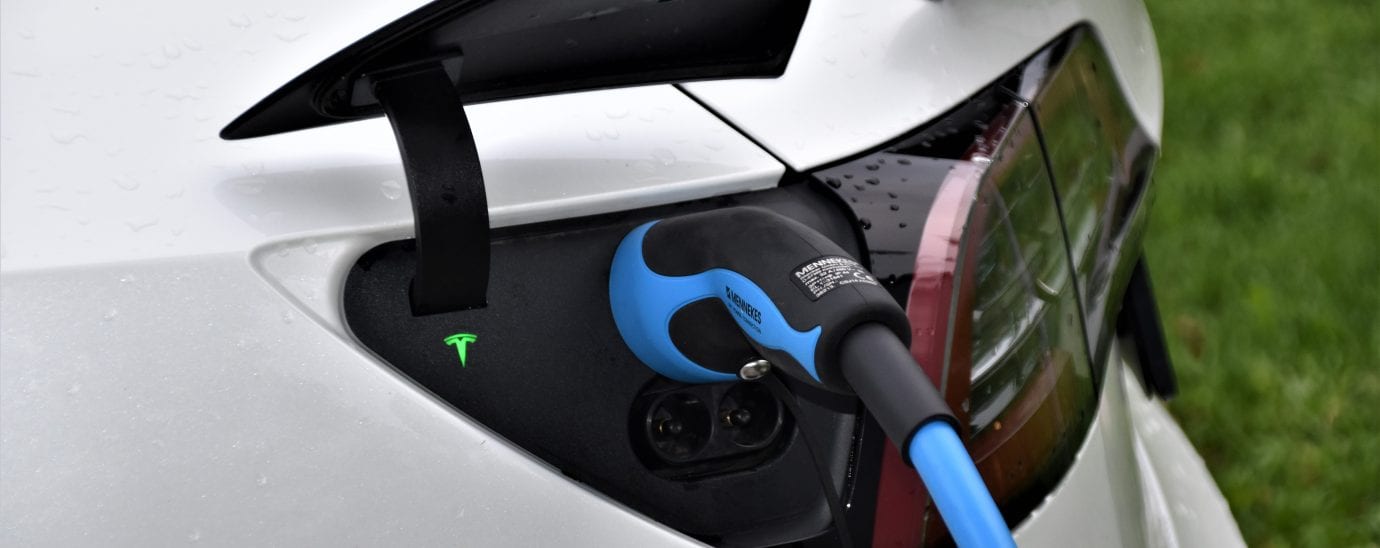What makes a Tesla? Electric dreams and rare minerals

by Boris Ivanov, founder of Emiral Resources Ltd – A global mining group that focuses on exploration, mining and the production of mineral resources.
At the start of 2021, Elon Musk became the richest person in the world, when his net worth reached $185bn. Yet, it was the entrepreneur’s electric car company, Tesla, that drove this surge in his value. Tesla had exceeded a market value of $700bn and has overtaken Toyota to be the world’s most valuable automaker. When it comes to Tesla, what investors are really investing in is tomorrow. They are predicting that the company will continue to tighten its iron grip on the future of the automotive industry.
Tesla is therefore set to have a huge influence on the future of mining too. Every engine battery that the company produces contains a complex assortment of minerals and rare earth metals. Each of them comes with a diverse origination story, varying supply-side dynamics and their own unique set of challenges. Tesla relies heavily on Panasonic for all its battery manufacturing. To produce its primary EV lithium-ion battery technology you need as many as twenty minerals, with the main components being cobalt, lithium and, importantly, nickel. Almost all these minerals are inconveniently located and not easily sourced.

Our first stop is Lithium. You will not need a chemistry degree to know that a lithium-ion battery cannot be made without Lithium. Fortunately, it is not a rare metal, but that does not mean it can be easily acquired either. It’s situated in the earth’s crust and requires large scale mining operations to extract. Anything on this scale requires huge amounts of investment and lithium producers will need to extract significant amounts to meet future demand. While prices are low currently, one report predicts that by 2025, demand for lithium will start to outgrow supply. Prices will inevitably rise as will the revenue growth of lithium producers.
While more than half of the world’s lithium resources lie beneath the salt flats in the Andean regions of South America (US Geological Survey), Australia is by far the world’s top producer with the Greenbushes lithium mine in Western Australia currently the largest project in existence. However, the future of lithium mining is likely to be determined in the famed lithium triangle – an area comprising the three countries of Chile, Bolivia and Argentina. The methods used here are extremely water intensive and can have a devastating impact on the environment and local ecosystem. This was outlined in a Bloomberg report which detailed how the boom in lithium mining was impacting northern Chile’s Atacama desert. In truth, all the clean technologies needed to combat climate change are incredibly mineral intensive.
Both lithium and cobalt markets are driven mostly by battery demand, but from there it is a tale of two very different commodities. Cobalt is currently a key ingredient in Tesla’s batteries and the company recently signed a new long-term deal with commodities giant Glencore to supply it. The deal however has increased Tesla’s reliance on imports from the Democratic Republic of Congo, where allegations of child labour in the supply chain had already engulfed both Tesla and Apple. China’s biggest cobalt producer toppled sales from the DCR in 2020, which has raised further concern about the informal mining sector in the country.
As electric cars are generally better for the environment, neither Tesla, nor Apple for that matter, take for granted that their consumers are likely to be environmentally conscious and sensitive to such issues. Cobalt is crucial to the transition in renewable energy, but the supply side economics cannot be easily changed. More than 70% of the world’s cobalt is produced in the DCR(CORRECT DCR to DRC) and given concerns and risks around the supply chain, promises of safer mining practices haven’t convinced everyone.
So instead, the future of electric cars may depend on mining these critically important commodities on the ocean floor. Drones are already being used in seabed mining to uncover rare earth metals. The value of seafloor gold alone, for example, has been estimated to be worth over $150 trillion (The Economist). Others think prioritising ethical mining in other countries such as Morocco and Australia could be the answer, where blockchain technology, which allows the ability to trace every stage of the mining process, could expose bad practices and lead to them being stamped out for good.

Tesla themselves are instead focusing on a future with cobalt-free cathodes. Cobalt is by far the most expensive material used in batteries, and so eliminating it from the mix has other benefits that are expected to help drive electric vehicles. That’s important because we are nowhere near the bottom of the battery cost curve, and successful modifications like this can help speed up that process.
Enter Nickel – the often-forgotten battery element. Nickel faces the most interesting supply-demand dynamics in the coming years. Next generation NMC 811 (nickel-manganese-cobalt with the 811 representing the ratios of each mineral) cells are being produced on a greater scale and resulting in surging demand. Production is secretive. Despite being one of the most ubiquitous elements in the earth’s crust, supply is slow and extremely costly. Opening a new nickel mine easily exceeds a billion dollars in cost, and capital is hard to come by because such projects frequently result in massive cost overruns. For these reasons, future shortages and around the supply of Nickel are likely to be the biggest concern of all to Tesla and the electric car industry.
For Tesla, the industry priority is now breaking the million-mile record for EV batteries. This will help EVs shake fears of their short range and high battery replacement. The focus on lithium iron phosphate technology using a thin nickel foil have shown promising early results. This month, scientists at Penn State University developed an EV battery capable of taking on 400km of charge in just 10 minutes, and crucially, they are cobalt free. This could be a critical step towards mass market affordability, sustainability and bringing the batteries towards cost parity with combustion engines. It will also be a key contributing factor for Tesla to realise its dream of a robo-taxi industry — which Musk floated as the core of Tesla’s long-term vision, and analysts at Morgan Stanley have identified as central to the bull case for Tesla shares.
Tesla has played a huge part in making the EV business go mainstream with both consumers and investors. As the disruption of transportation goes global and several countries continue to make bold EV pledges, mining for the metals & minerals that are enabling these changes must be managed responsibly and sustainably. There is no sustainable electric future otherwise.
